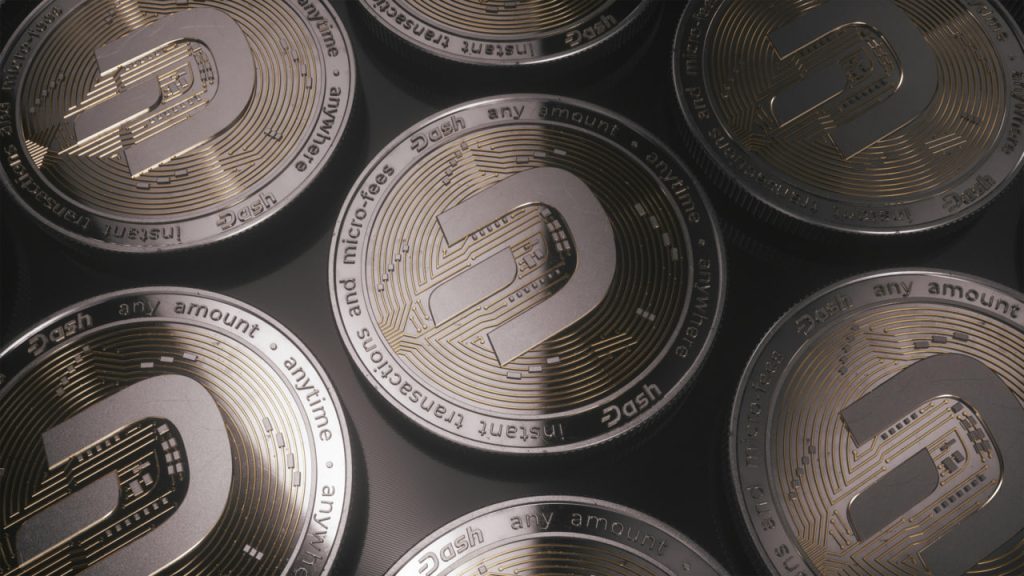Investing in cryptocurrencies is one of the best ways to diversify your investment portfolio and increase interest exponentially. When managed properly, crypto price volatility can offer you a good return on your investment within a short period compared to traditional stocks. This has led to the global popularity of traders seeking new alternative coins to invest in.

However, navigating the crypto market can be confusing for new investors. With over 17,000 altcoins currently in the market, making a good investment decision can be quite challenging. Here’s why we’ve provided this guide to assist you in identifying promising altcoins that will be good a fit for your investments based on their technology viability, market capitalization, and the team behind the project.
What are Altcoins?
Altcoins is the general term used to describe all other types of crypto coins and tokens issued after Bitcoin – the world’s first cryptocurrency. The term “Altcoins” was derived from the phrase alternative coins. These digital assets are being introduced to serve as an alternative to Bitcoin. After Bitcoin was issued in 2009, it had some significant drawbacks such as high fees and slow speed of transactions. To make up for this drawback altcoins were introduced and have indeed been able to achieve this.
Every altcoin created is unique in its characteristics and use. Here’s a general classification based on their uniqueness:
Stablecoins
These are crypto tokens or coins linked to an existing stable asset to reduce its volatility. These coins may be linked to the US dollar, the euro, or any other stable asset like oil or gold. Some examples are Tether (USDT) and USD Coin(USDC), both are currently pegged to the US dollar.
Stablecoins have a fairly higher level of security and profitability than other groups of altcoins.
Utility or Service Tokens
These are tokens that grant users access to a particular web service or specific products. In most cases, altcoins under this category are also used to switch from one network to another, whether it’s a peer-to-peer (P2P) exchange or a regular crypto gateway. Some common examples are Ethereum (ETC) and Litecoin (LTC).
Security Tokens
These are tokens designed strictly for business-related investment. Security tokens enable buyers to take part in a company’s management as well as its profit-sharing. These tokens generally have stricter rules for their purchase and transfer. Some examples of such coins are Securities.io Token (SEST), Harbor (HBR), and tZero(TZROP).
Platform Coins
This category of altcoins has exclusive use. They can only be used on the platforms that release them. Some examples of such coins are Ethereum (ETH), Polkadot (DOT), and Cardano(ADA).
Research Tips For Altcoin Investment
In identifying promising altcoins for your investment portfolio, here are a few effective tips to work with:
1. Get Familiar With The Market Dynamics
The altcoin market is highly volatile and quite unpredictable. It experiences rapid fluctuation of prices due to several factors, such as market sentiment, news, regulatory policies, and adoption. Therefore, you should conduct thorough research and analysis before investing in any altcoin.
Here are metrics to consider when evaluating any altcoin:
- Market capitalization: Market capitalization (market cap) is the total value of all coins in circulation. It indicates the stability and growth potential of a cryptocurrency.
The general rule of thumb is that the higher the market cap (compared to other coins), the safer the investment. Market cap is a better long-term indicator of the worth of an altcoin than its market price.
- Trading volume: This is the amount of coins traded in a specific period. The higher the trading volume a coin has, the safer it is to invest in that coin.
- Price history: This is the historical price movements of the coin. Despite the irregular movement in price, you’ll be able to identify patterns of growth or decline that will reveal if the coin is a worthy investment.
2. Day Trade on Only Reputable Exchange Platforms
Day trading is a more advanced approach to altcoin investing and can be lucrative when done correctly. Most day traders use technical indicators and a good sense of market direction when entering the market. When day trading you want to lower your risk as much as possible which can be done by using advanced tools on modern crypto day trading platforms. That’s why Bitcoinist suggest using trusted crypto exchanges for day trading to trade and invest to avoid unwanted slippage and extra fees. Ensure the day trading platform is in compliance with industry regulations and has no track record of fraud or hacking. You can do this by checking reviews and feedback from other users.
3. Investigate The Development Team And Community
We recommend that you investigate the size and activity of the project’s community as well as the quality of the development team. These can serve as pointers to whether the altcoin project is going to be a worthy investment.
Vet the development team’s background, experience, and previous achievements before making any investment. In most cases, if they are a devoted and experienced team there is a high chance their altcoin will be a profitable one.
Top 10 Performing Altcoins in 2024
Here’s a list of the top 10 performing altcoins you may want to invest in based on their market capitalization. You can check out today’s cryptocurrency prices by market cap to make good investment decisions.
Ethereum (ETH)
Market capitalization: $390.03 Billion
1. Tether (USDT)
Market capitalization: $114.26 Billion
3. Binance Coin (BNB)
Market capitalization: $84.26 Billion
4. Solana (SOL)
Market capitalization: $83.00 Billion
5. USD Coin (USDC)
Market capitalization: $33.83 Billion
6. Ripple (XRP)
Market capitalization: $33.56 Billion
7. Dogecoin (DOGE)
Market capitalization: $18.84 Billion
8. Ton Coin (TON)
Market capitalization: $16.96 Billion
9. Cardano (ADA)
Market capitalization: $14.81 Billion
10. Tron (TRX)
Market capitalization: $11.92 Billion
In Conclusion
Investing in altcoins can be very profitable despite their incredibly high-risk nature. They have an enormous potential to increase the interest on your capital up to several hundred per cent in possibly a short time frame once you follow this guide. So, diversify your investments across a range of promising altcoins, we are rooting for you.
| DISCLAIMER: The information on this website is provided as general market commentary and does not constitute investment advice. We encourage you to do your own research before investing. |























